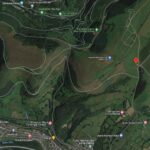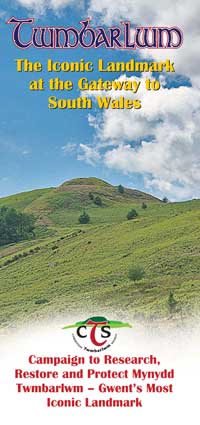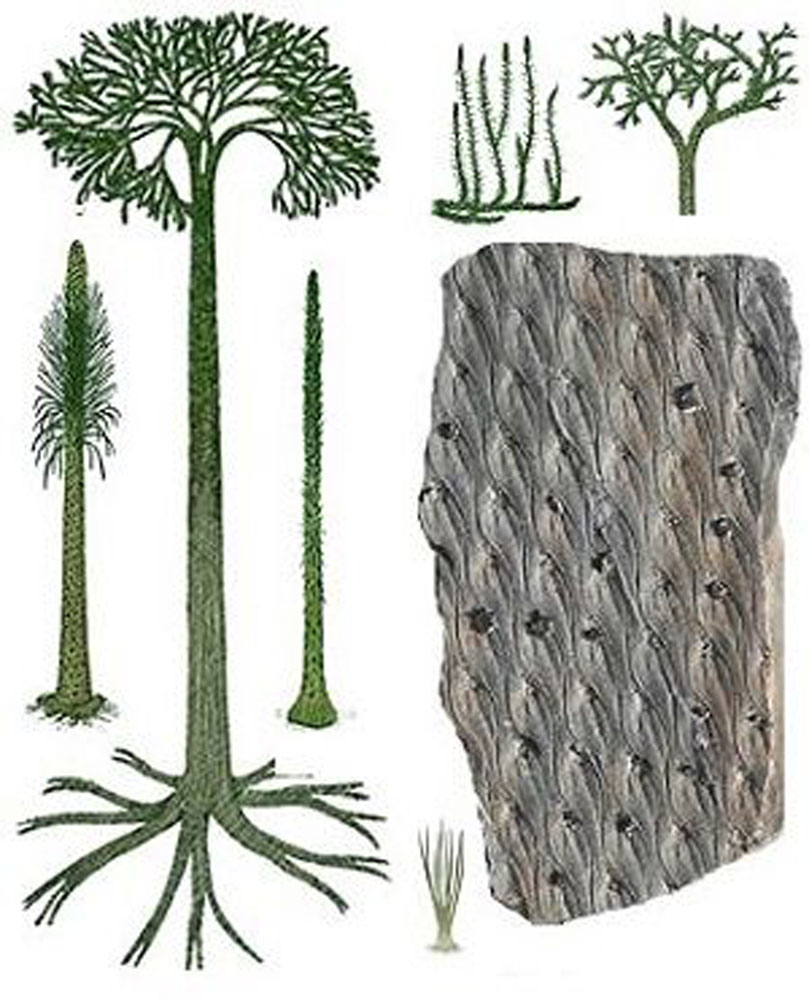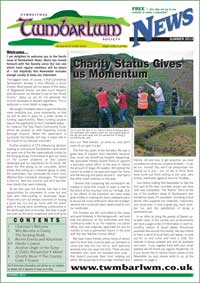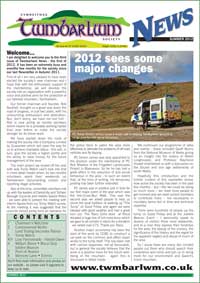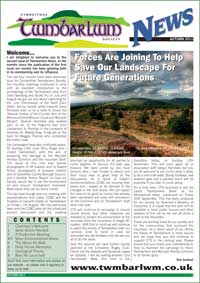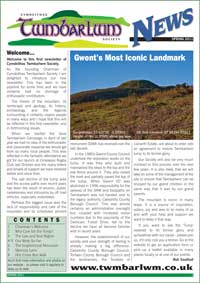Big Dig 13/08/21
TWMBARLWM ARCHAEOLOGICAL DIG 2021
The Big Dig continued from Monday 2nd till Friday 20th August
Hello again folks
Please note that I’m writing this blog from a keen amateur’s standpoint and the society’s involvement – all the technical stuff and information about any findings will come from the professional archaeologists at a later date. Their final report will be made publicly available on this website and other archaeological archive sites.
Friday 13th August 2021 📷
Volunteers: Martin D., Terry E., Bill FW., Bob R.,
Thick mist, Heavy Rain, strong wind, very cold (yes it’s still August).
DAY 5 of TRENCH 2
When I left home I could tell Friday the thirteenth was going to live up to its reputation – there was a miserable, mild drizzle and looking up to the top of the surrounding mountains I couldn’t see any. When we got to the car park I’d already received a couple of texts from volunteers saying they couldn’t make it today.
However we loaded up the Kit-Car and made our way to the top as usual – just as well I know the area so well because I couldn’t see a thing out of the windscreen.
Today was earmarked as the day to fill in the trench but Richard and Co. had already made the decision it needed further investigation and are planning on cutting through the rampart on the right hand side of the trench to investigate the cross-section of the rampart and ditch along the line of the auger survey we did yesterday.
In the meanwhile Richard had a bit more to add to his drawings of this layer and us volunteers set about removing some of the larger stones and working our way down to the next layer of interest.
FOSSILS
With the rain on the rocks we notice many interesting plant fossils in the them – the geology of the area consists mostly of pennant sandstone of the carboniferous period (some 310 million years old) and being a sedimentary rock such fossils are common. One, in particular, I noticed looked almost like a tyre track – I’m no expert, but Google told me that it is possibly the bark of a member of Lycopodiospida family of plants. Another type we see a lot of here has a stripey, segmented appearance I believe these are calamites. Once you start seeing the fossils, practically every rock you pick up has some evidence of fossil plant life in it – a fascinating subject, just makes you wonder what the area looked like all those millions of years ago before the period we are trying to investigate.
By midday the rain had re-doubled its efforts and so we withdrew to the relative shelter of the ditch around the Motte for our lunch break. We were all soaked through and cold at this stage, no break in the weather was forecast so we decided to call it a day – just as Bob and Will arrived for their afternoon shift. We probably made a sad sight as we squelched our way back down the mountain – driving the Kit-Car back down to the car park was also an interesting experience.
Imagine our frustration when I got home and received a message off another volunteer who was due to help today, asking me where we were – together with a photograph of her on top of the mountain in bright sunshine with beautiful blue skies in the background – just half hour after we had left. Ah well – at least I was able to dry off in my back garden with a decent cup of hot tea.
This archaeological investigation is funded by:
Ariennir yr ymchwiliad archeolegol hwn gan:


